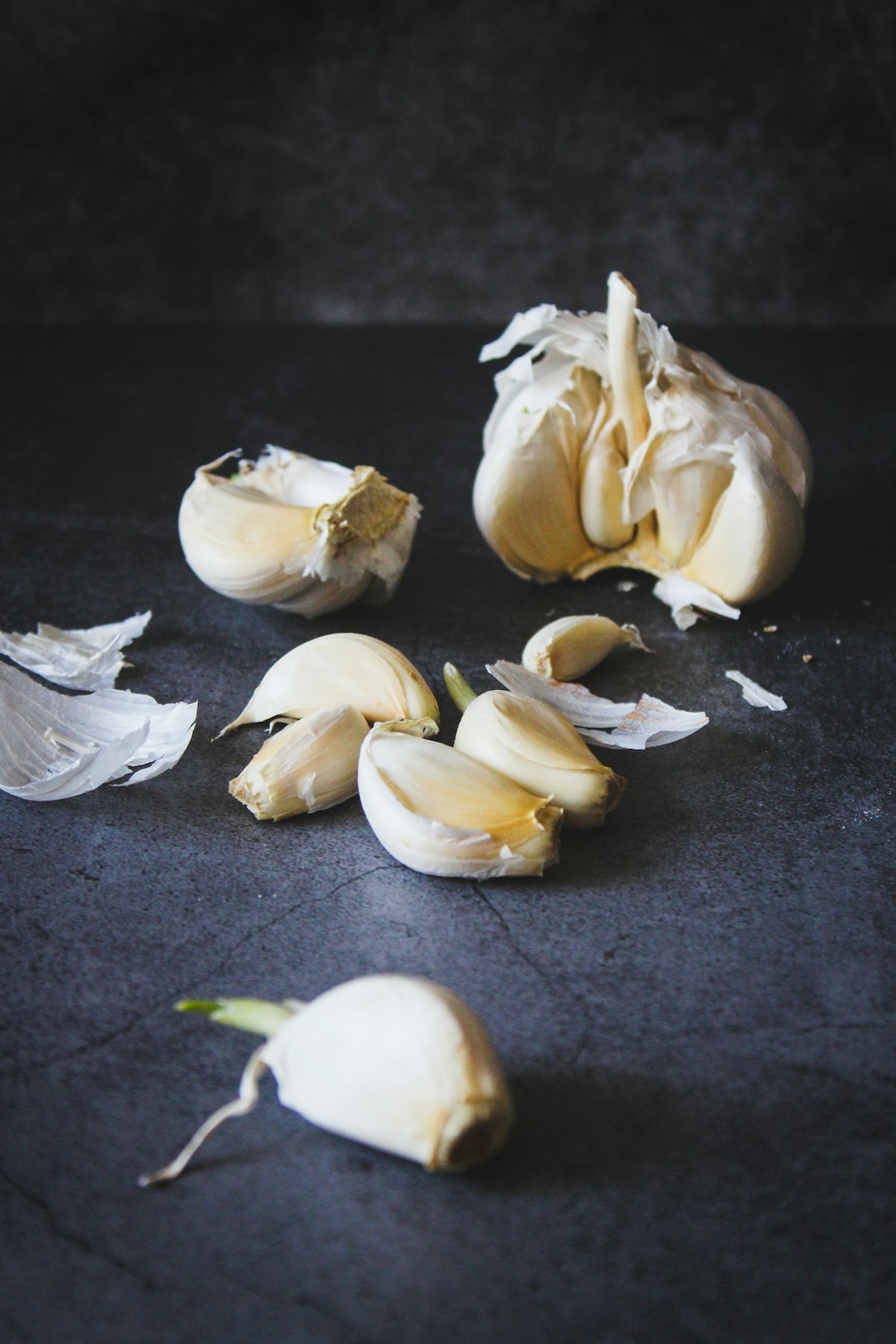Garlic, the most misunderstood ingredient in Italian cooking

There are many ingredients you could consider essential to Italian cooking. One that will almost certainly make the list is garlic, as synonymous with Italian cooking as tomatoes, olive oil or parmesan. Outside of Italy it is seen as being a quintessential component of tomato-based sauces, countless pasta dishes and should always be at the ready to rub on freshly toasted bread to make bruschette. But is this perception an accurate one, or is it a distorted image of Italian cooking that most of the world has?
During the middle ages, in Europe, spices like cinnamon, pepper, nutmeg and cloves were an essential part of the haute-cuisine that the richest part of society tucked into, but these luxurious items were never accessible to most of the population, mainly due to price. The advantage garlic had over spices was that it was very easy to grow (you plant whole garlic cloves in late autumn and harvest the following summer) and, having a very intense flavour, you didn't have to use too much of it to flavour dishes. This meant it was an obvious ingredient for the poor to use, especially in Italy, and according to Robin Cherry in his book "Garlic, an Edible Biography", it was useful to mask the poor quality of the other ingredients they consumed with its pungent flavour.
But the fact that it was an ingredient mainly used by the poor means that it was often looked down upon by the wealthier, and led to a sentiment of disgust by many Italians towards these pungent cloves.
Fast-forward to the late 1800s and Italy is a brand new country following the Risorgimento, but poverty and hunger levels were still extremely high, in part due to poor redistribution of lands and lack of industrialisation. What followed was a large departure of millions of Italians, particularly to the USA, and they continued to use garlic in much of their cooking.
It is likely for this reason that garlic became an American-Italian staple in the kitchen and found its way into so many dishes, and became more accepted in the USA than in Italy, though not right away as Danielle Callegari states in her article "Italy's Great Garlic Divide". This may be the reason why most people outside of Italy believe garlic has a more important place than it actually does, as the USA's cultural sphere of influence is near impossible to match.
Across the Atlantic, Italy's relationship with the allium didn't evolve at the same rate and they still use it with caution today, knowing that it is very easy to overpower a dish if you add too much garlic. This dynamic shows how there has been a shift in the use of garlic, because as better quality ingredients have become more readily available, it has gone from being used to hide other undesirable flavours to being added sparingly in dishes, precisely because of its strong flavour. This is probably the main difference between its use in the USA and in Italy: the former sometimes calls for multiple cloves in a single recipe whilst the latter will often just infuse olive oil with its flavour, the garlic not even being meant for direct consumption.
This doesn't stop it from being at the centre of many classic Italian dishes that exist today, like pesto alla genovese, pizza marinara, bagna cauda, spaghetti alle vongole and of course aglio e olio, where the Italian word for garlic (aglio) even makes it to the name of the dish.
Trying to understand Italy's relationship with garlic will put you face to face with something that I believe is at the heart of Italian food culture: that there is a delicate balance between culinary traditions born out of necessity and the ability of these same traditions to stick around once the necessity isn't there any more. Garlic was used as a way to make "bad food" taste better but has since gone beyond that role and become, despite the resistance it faced, one of the most important ingredients in Italian food culture. Just don't think that adding it to a dish automatically makes it more 'Italian'.
I'll leave you with a quote from Marcella Hazan, author of the famous cookbook "The Essentials of Italian Cooking", in which she summarises the garlic debate perfectly: "to equate Italian food with garlic is not quite correct but it isn't totally wrong either".
